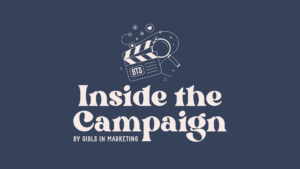A branding strategy is an area of marketing that is often forgotten about. When you think of branding you probably think of logo’s, colour palettes and document templates. But branding includes anything that makes an impact to how the company is perceived. Not only by customers but by employees, competitors and suppliers too.
A branding strategy will have some very different elements compared to a conversion campaign. Getting your branding right from the beginning will assist in all other marketing efforts especially for those brands looking to achieve growth.
Here are 10 steps to take to build your brand…
1. Brand analysis
Start by looking at how you are currently carrying out your branding activities. Your audience should be able to understand the company values, mission and understand its personality by interacting with the brand just a few times. This could be a social media post, seeing an advertisement or even better, a website visit.
2. Competitor analysis
Getting your branding right will make you stand out from the crowd, or more specifically your competitors. Understanding how your competitors are perceived and the type of messages they are putting out is just as important as understanding your own. Ensure your USP is clear and you promote areas that you excel in and competitors don’t. Take into consideration elements such as perceived quality, ethical and sustainability standpoints as well as price.
3. Mission, Vision and Values
These 3 statements provide your brand with a personality. It allows your audience to make an emotional connection with your brand. Customers are much more likely to convert and return in the future if they find they have an emotional affinity with the brand. Once these have been decided, run with it. There is nothing that will turn a customer off more than a wishy-washy brand that goes against its own mission or values.
4. Brand Voice
Your brand voice also supports in building a brand personality. The brand voice dictates the way in which content is written and is what will engage with your audience. You need to ensure it reflects what the audience is expecting and is appropriate to the industry. Would you trust a medical supplier that promotes its products with puns and emojis? You would probably go to its competitor that talks about cold hard facts.
5. Audit
Carry out a detailed audit considering the information you have gained from your brand and competitor analysis. Go through your existing content with a fine tooth comb to check for any major changes that will need to be implemented and which small changes will make a big impact to your brand moving forwards.
6. Objective metrics and settings
Before you start any work on changing your brand, set key objectives of what you want to achieve and SMART goals as to how you will go about it. This is the point where you should understand what you want to be known for. Are you an innovator in industry or the ethical alternative? Whatever it is, have this clearly in mind when planning ANY marketing campaigns.
7. Assets and resources
Putting your plan into action, what is actually going to be realistic? Take a look at your asset available and your people resource. Do you need to outsource for some additional help? Perhaps you need some graphic design but don’t have the appropriate skills? Work to your strengths.
8. Living it internally
Remember, branding is anything that creates a perception of the business. It is essential to ensure all employees and not just the marketing team are familiar with a branding strategy so that a cohesive story is displayed from aspects of the business. Any time somebody comes in for an interview with the HR department, a customer is approached by a sales team or a supplier discusses options with a procurement team, the company values, mission and vision should be clear through employee actions.
9 & 10. Implement and measure
Implement your strategy by choosing which platforms you will be using to get heard and the types of content you will be using. Once you go live with your strategy, regularly test and get feedback from customers, employees and suppliers to see if perceptions of your brand are shifting. Branding is a marathon and not a sprint though and is something that should be a continuous effort. Don’t expect results overnight.
If you haven’t already, take a look at your branding. Is it time for a refresh?
Written by Jen Blair






